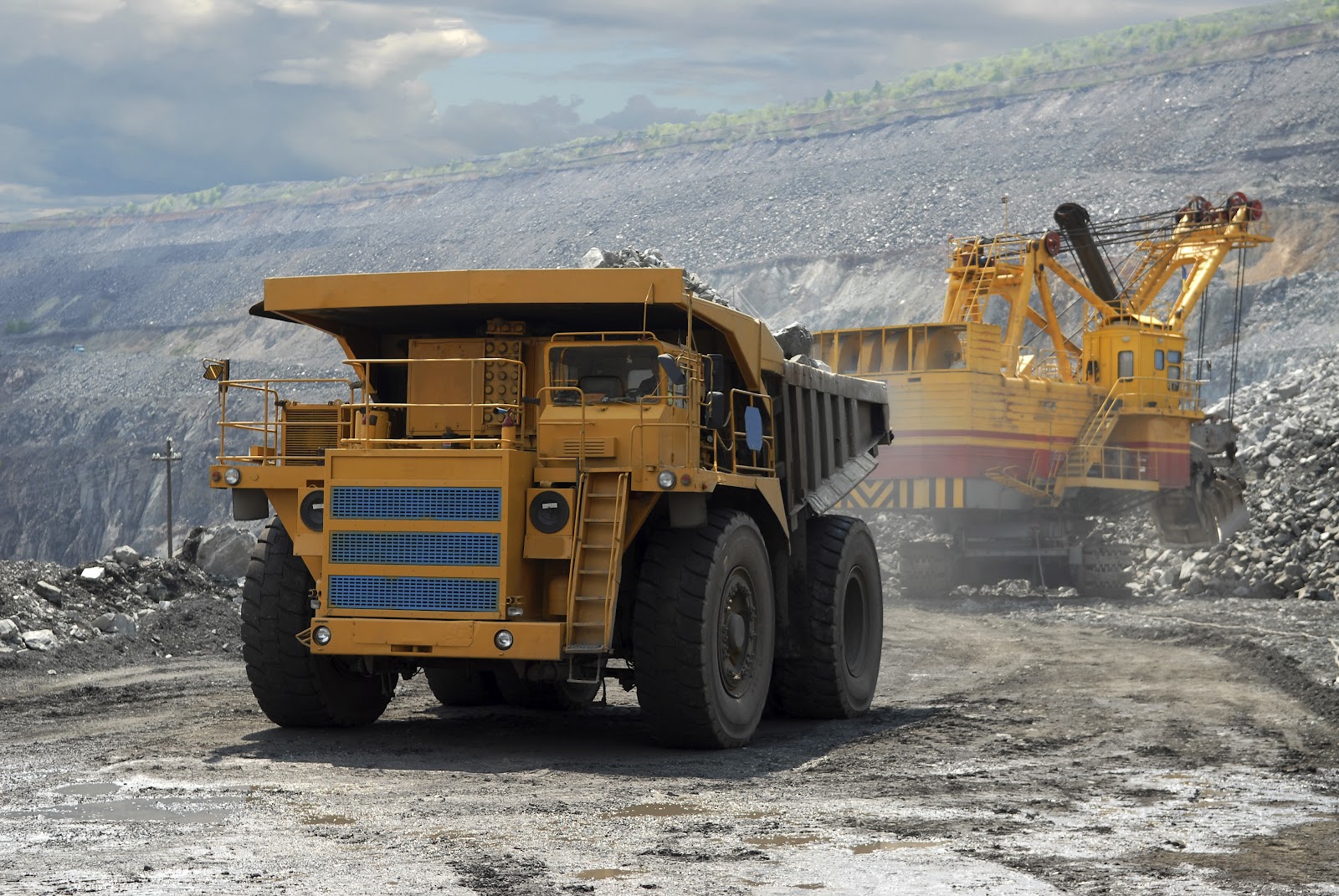
While self-driving cars and trucks promise to revolutionize transportation on our roads over the next decade, mines have been using autonomous haulage systems (AHS) to haul and dump ore and earth for a decade, following in the footsteps of the boom in autonomous agricultural equipment during the 1980s and 1990s. AHS have no operator driving them, neither from the cab nor by remote. Because they operate close to other equipment, they require centimeter-accuracy GNSS. Personnel in a control room, either on site or remote, monitor the trucks, but only to ensure that they are running efficiently in terms of production.
Mines are dangerous places. Mining machinery and haul trucks have extensive operator blind spots, haul roads are not paved and need constant maintenance, intersections change frequently, and blind corners are common. Fatigue, due to the 24-hour working environment, and reduced visibility, due to dust or snow, cause driver errors. Collisions between heavy and light vehicles have a high probability of resulting in serious injury or fatality.
These dangers are among the reasons that companies that operate open-pit mines (a.k.a. open-cast, open-cut, and strip mines) have historically been early and innovative adopters of new positioning technologies. U.S., Australian, and Canadian mining companies were among the first to install GPS receivers on heavy earth-moving machinery, in the 1990s, and then to adopt the first dual-frequency GPS/GLONASS receivers. Autonomous operations are now also the future of the mining industry for drills, shovels, and explosives trucks.
Components
A typical AHS consists of
- a customized, integrated electronic device on each autonomous truck, including
- a GNSS receiver
- an inertial navigation system (INS)
- radar- and lidar-based collision avoidance systems
- wireless antennas for Wi-Fi and LTE connectivity
- GNSS units on all other vehicles operating in the vicinity of the autonomous trucks, including digging units
- a wireless communication network covering all the mining areas
- ancillary equipment such as power supplies, repeaters, CCTV, and perimeter barriers and sensors
- software that directs, tracks, and monitors the movements of the autonomous vehicles
- a control room, staffed with technicians
- field technicians.
On some of the most advanced mines virtually everything that moves, or can be moved, is fitted with some sort of positioning device for production, operational, logistics, or safety reasons.
Benefits
AHS greatly increase productivity by eliminating long breaks for shift changes, enable more efficient and reliable production planning by eliminating production slowdowns due to illness and fatigue, and greatly improve mining safety by removing people from high-risk tasks.
Additionally, the high precision of autonomous trucks makes it possible to reduce the width of the haul roads and increase the steepness of the ramps, while the automation improves the vehicles’ fuel consumption and longevity by improving gear selection.
Challenges
Reliance on autonomous vehicles puts a premium on their reliability, as in huge mining operations a loss of high-accuracy machine control can cost the mining company tens of thousands of dollars per hour. Given the high integration of mining operations and the number of vehicles involved, if one of them stops because it has exceeded its maximum error tolerance, other trucks in the train must also stop, creating a compounding effect.
However, it is very challenging to derive a reliable and accurate GNSS position in deep open pit mines, for two reasons. First, because steep mine walls produce multipath. This occurs when a GNSS signal is reflected off an object, causing the reflected signal to travel farther to reach the antenna so that it arrives at the receiver slightly delayed, which can cause the receiver to calculate an incorrect position.
Second, because the deeper the mine, the smaller the visible patch of sky, and, therefore, the worse the geometry of the satellites in view. This results in a bad position dilution of precision (PDOP), which is a numerical value expressing the confidence factor of the position solution based on the current satellite geometry. The large increase in the number of GNSS satellites over the past decade has not significantly ameliorated this problem.
Applanix
Applanix has over a decade of experience creating bespoke solutions for autonomous mining vehicles. Its huge install base operates 24/7/365, often in very remote and inhospitable environments. It understands that AHS must interact with other machines, such as shovels and dozers, creating operational complexities that increase the importance of positional accuracy. Applanix has demonstrated product innovation in that environment and the ability to achieve high accuracy levels reliably and consistently. Its clients, which operate mining vehicles in deep open pit mines all over the world, include the biggest names in the industry.
Applanix’ success in this area is due to its investment in understanding its clients’ requirements, through constant consultation, and in deeply integrating its systems with theirs. Rather than selling black boxes and expecting clients to integrate them into their operations, Applanix meticulously scopes out each project on site, to determine the exact conditions and requirements of each operating environment. Then, as soon as base data becomes available, it analyzes those data and tweaks its systems accordingly, continuously refining their performance. This approach applies to both its turnkey products — the POS LV and POS LVX, which are shipped ready to go with a simple hookup — and to those that it sells primarily to OEMS — its AP and APX board sets. As a result, while Applanix’ boxes may all look the same from the outside, each one contains highly customized code.

Louis Nastro - Director, Land Products